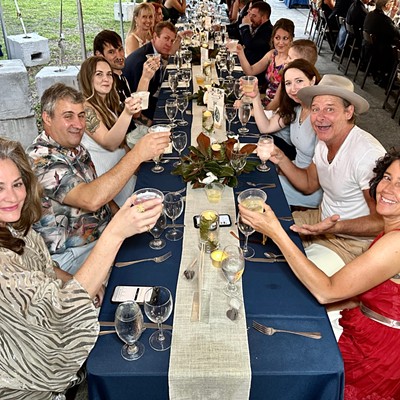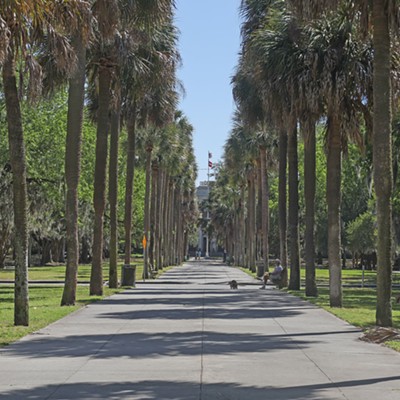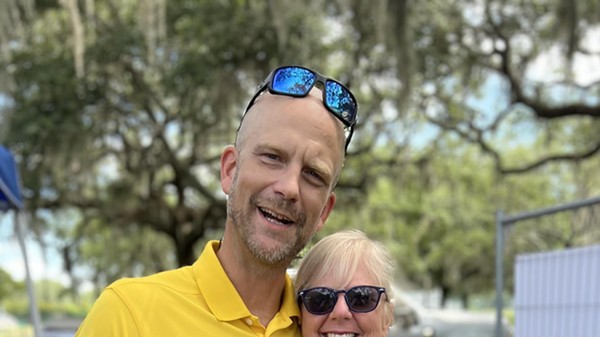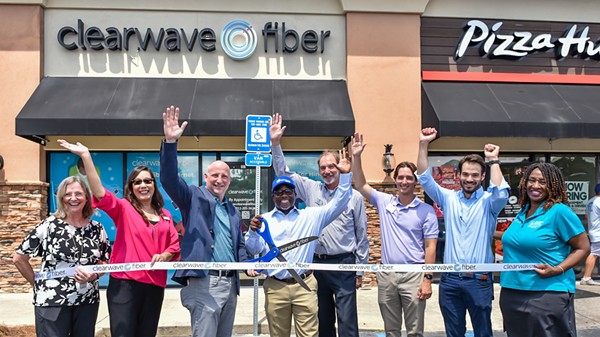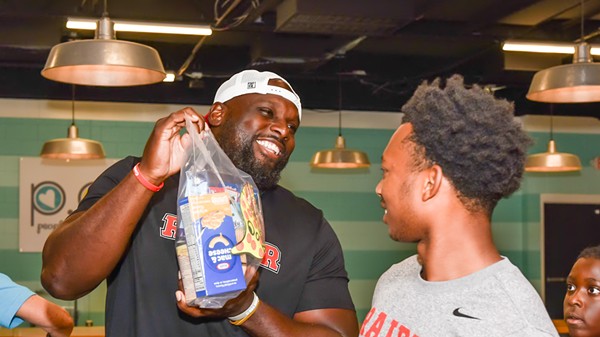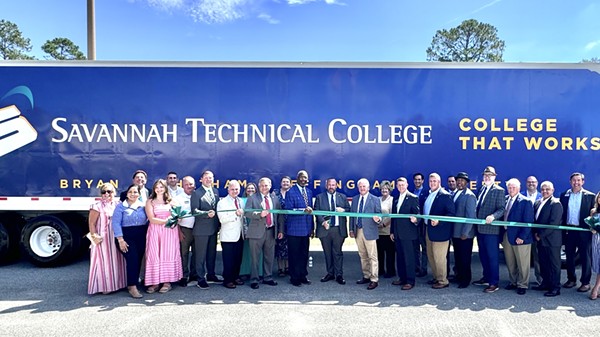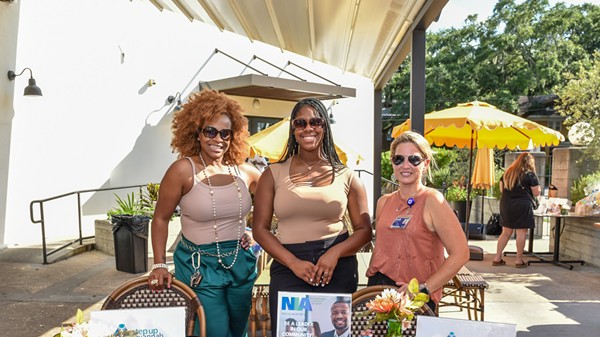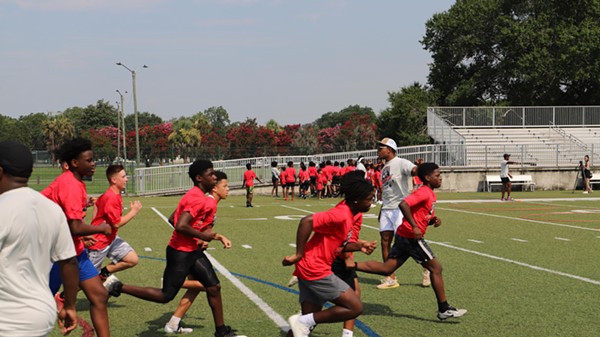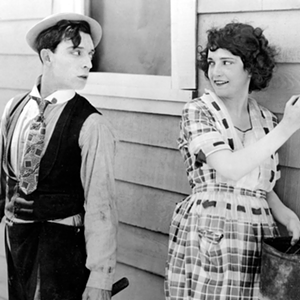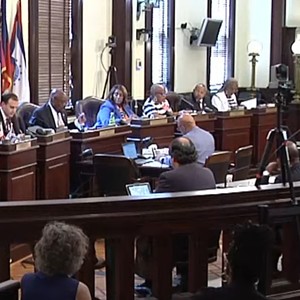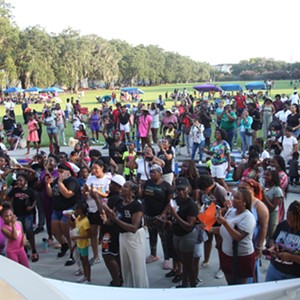I’m a treehugger. Literally.
This endearing sobriquet is usually bestowed upon those who love nature in general and is often used derisively by those attempting to belittle environmentalists. In my case, however, I do in fact make a regular practice of throwing my arms around trees.
See, working on a computer all day can give a person a rather disconnected feeling, and nothing grounds me like touching something that has actual roots. After a long day at the office with my head in the box, I find pressing my cheek against the tulip magnolia in my front yard quite relaxing. And far less ruinous than tequila.
I often venture onto my neighbors’ lawn to run my hand along the scratchy bark of their stunning dogwood tree when I’m walking the dog. (This often creates anxiety for the dog, who seems aghast with pug–eyed confusion as to why I’m embracing a toilet.)
I tend to goose any sexy arboreal specimen I see (there’s a certain live oak on 61st Street with one helluva trunk), but since moving to the South I find crape myrtles particularly compelling. (Garden geeks know that there’s a controversy over whether it’s “crape” or “crepe,” referring the crinkly edges of the flowers. I’m going with the American Horticultural Society Encyclopedia’s spelling.)
With their papery, mottled limbs and kaleidoscopic blooms, the members of Lagerstroemia indica invite a leaf–lovin’ gal to cuddle up and stay awhile.
My affection for them forces me to raise the alarm of the heinous crime currently being committed against crape myrtles across Savannah. Every year around pruning time, well–meaning landscapers and homeowners hack these branched beauties back to the knuckles, leaving gnarled knobs that are totally unsuitable for hugging.
This hideous mutilation is also known as “crape murder” and it must be stopped.
I bet you think I made that up for dramatic flair.Which is understandable, because I tend towards the dramatic.
But crape murder is a real term, employed by professional arborists and Master Gardeners.
“It’s awful,” bemoans former Savannah Tree Foundation President, Master Gardener and crape murder expert Diane Houston. “Everywhere you go there are these ugly stubs all over the place. People think they’re doing the right thing, but there’s nothing right about it.”
I called Patrick Grant of Certified Arborist Services to find out why people are so cruel to their crape myrtles, and he sighed with resignation.
“People do it because it makes them flower like crazy, but they’re doing so because the tree is reacting to a catastrophic wound,” he explained. “It’s a pruning technique called ‘pollarding’ but it’s very difficult to do right.”
Most people don’t do it right, cutting below the previous year’s gash and significantly shortening the tree’s life. Grant points out that there are crape myrtles in Savannah over 150 years old, but one won’t even live half that long if it’s maintained with the skills of a drunk Edward Scissorhands.
Bill Haws, Forestry Administrator for the City of Savannah, sees mutilated crape myrtles all over town that look like they’ve been pollarded by a toddler with a chainsaw.
“It some cases it’s been done for decades, and those trees inevitably end up with pockets of decay,” reports Haws. “It also makes the tree more prone to limb breakage with the storms we get.”
To stimulate blooms without ruining tree structure, Haws recommends “deadheading”—simply clipping out seed pods at the ends of branches. If you see a crape myrtle or any other variety of tree that needs attention on any of the 350 miles of public sidewalk lawns around the city, do not, I repeat, DO NOT take a machete into your own hands—call 311 so Haws and his team give it some TLC.
Houston thinks it’s a combination of ignorance and peer pressure that’s made this seasonal slaughter so widespread. Landscape professionals and property owners lop off limbs all over town and neighbors follow suit, not understanding that while respectful pruning of crossing or dead limbs is warranted, full–on amputation is wholly unnecessary.
“Crape myrtles bloom on new wood, so they’re going to bloom whether you cut them or not,” pleads Houston. “We have a lot of educating to do.”
She adds that some people murder their crape myrtles because they’ve grown too big for the space. Grant, Houston and Haws agree that in many cases, it’s preferable just to cut the whole darn tree down and start over with a more appropriately–sized variety of crape myrtle—there are dozens, from dwarves that only grow to two feet to mammoths soaring 30 feet into the sky.
So please, people, put down the saws. Call your landscape company. Demand an end to the senseless butchery of innocent trees.
That way, when you go out to your neighborhood crape myrtle for a quick squeeze, its arms might just be long enough to hug you back.





